The World’s Most Beautiful and Unusual Chess Sets
Pieces so pretty you won’t mind losing.
In 1923, the year after the founding of the Soviet Union, the Lomonosov Porcelain Factory in Petrograd (now St. Petersburg) produced a unique chess set. Since originating in sixth-century India, chess designs had been inspired by military battles, royalty, even nature; now, the inspiration was ideology.
The chess set produced in Lomonosov had two very distinct sides. For the pieces in white, the king is a skeleton, wielding a femur bone as a scepter. The queen unashamedly displays an abundance of riches. The bishops are the tsar’s imperial guards, and the pawns are bound in chains. These are the pieces for the capitalist side.
The communist side—in red, naturally—is led by the king, who is a blacksmith, and queen, who carries wheat. The pawns are female farm workers and the bishops, red army colonels. The message wasn’t subtle, but it was evidently popular: the Communist Propaganda Set became one of the most copied in the world.

This extraordinary set is just one example of the designs featured in Master Works: Rare and Beautiful Chess Sets. As the book shows, even with the apparent limitations of structure—32 pieces across 64 squares—there is capacity for unusual and inspired design.
Some designs, as with the Communist Propaganda set, arose from ideology. Some were born out of wealth, such as the opulent rock crystal and silver set from 16th-century France. And some were made from necessity, such as the cardboard pieces created during the 900-day siege of Leningrad in World War II.
AO has images of these unusual designs, and more, from Master Works.

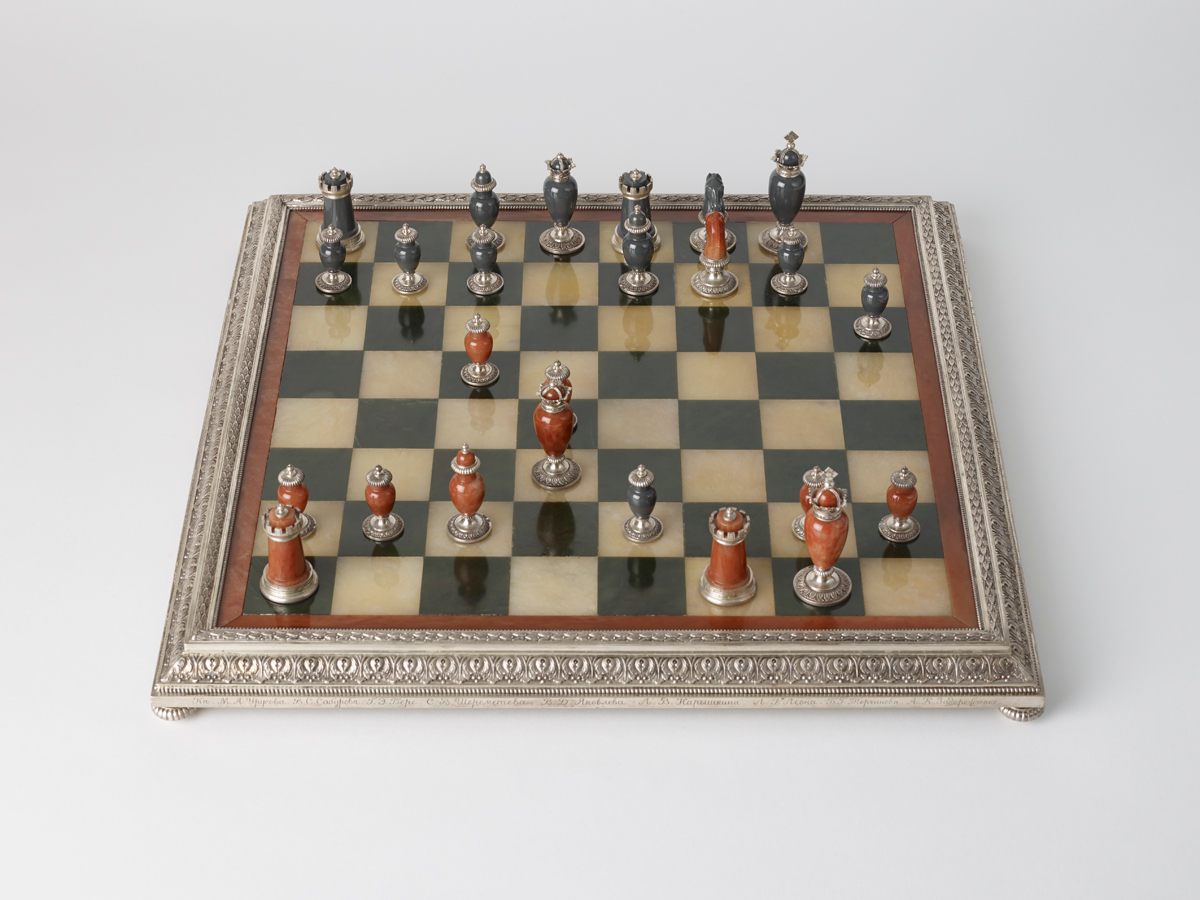
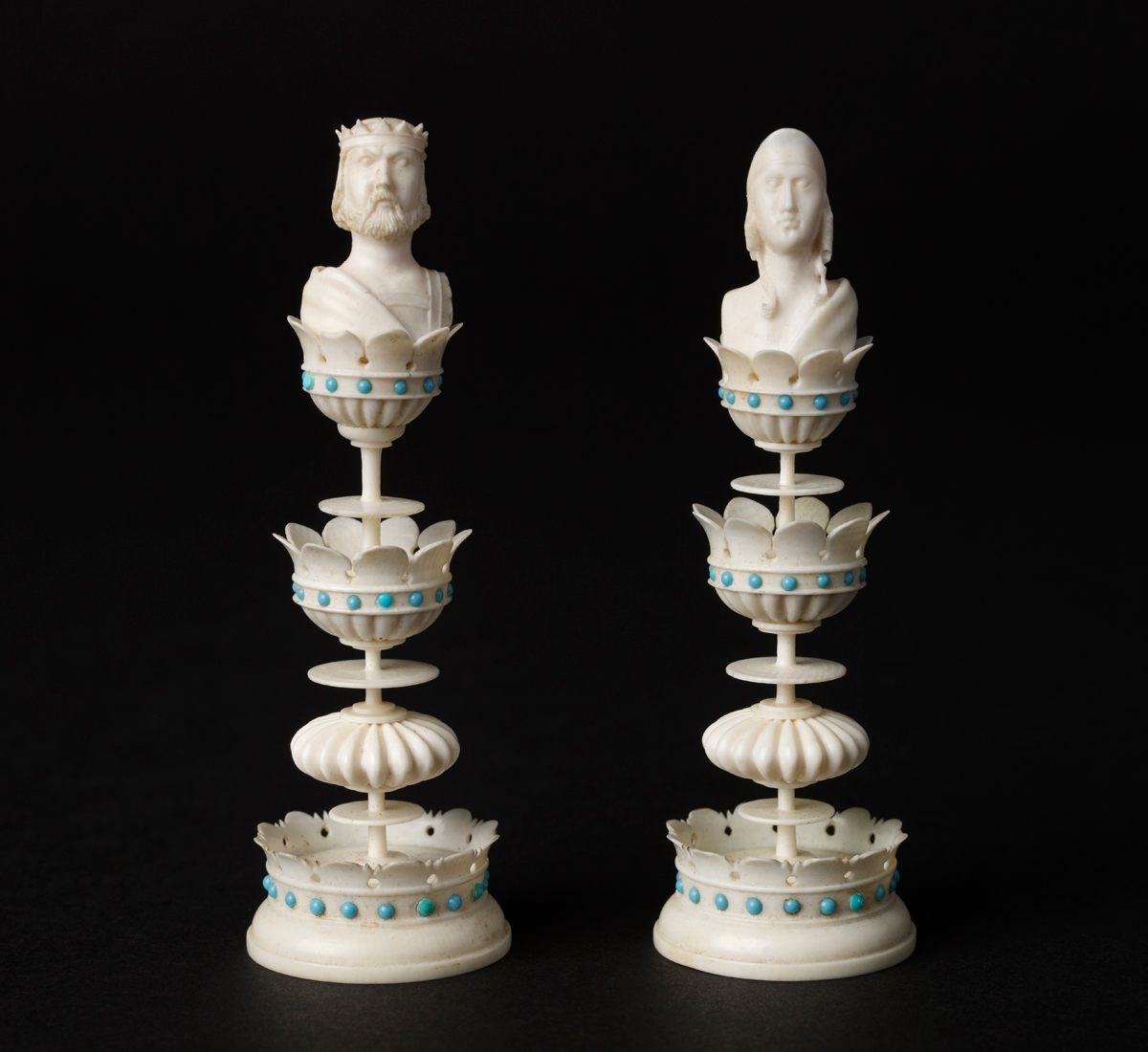
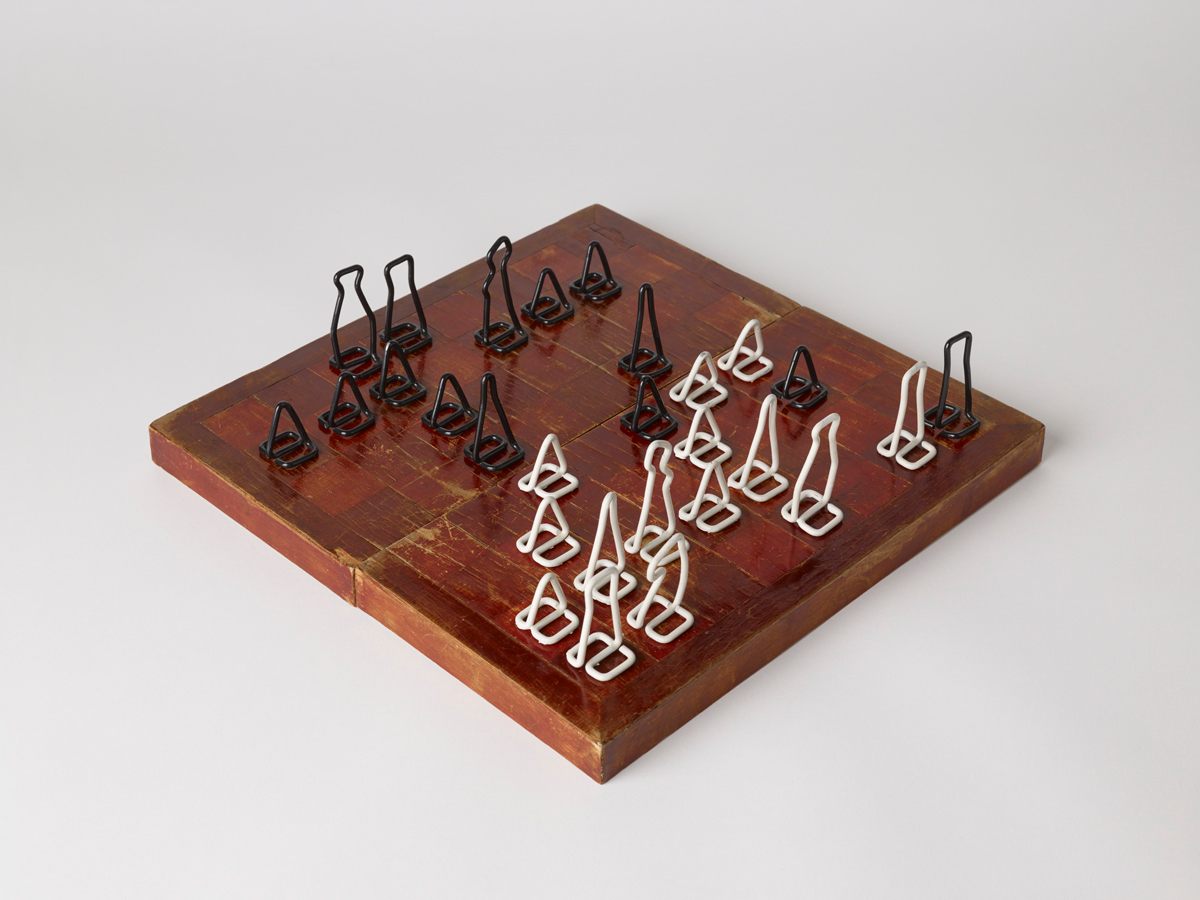
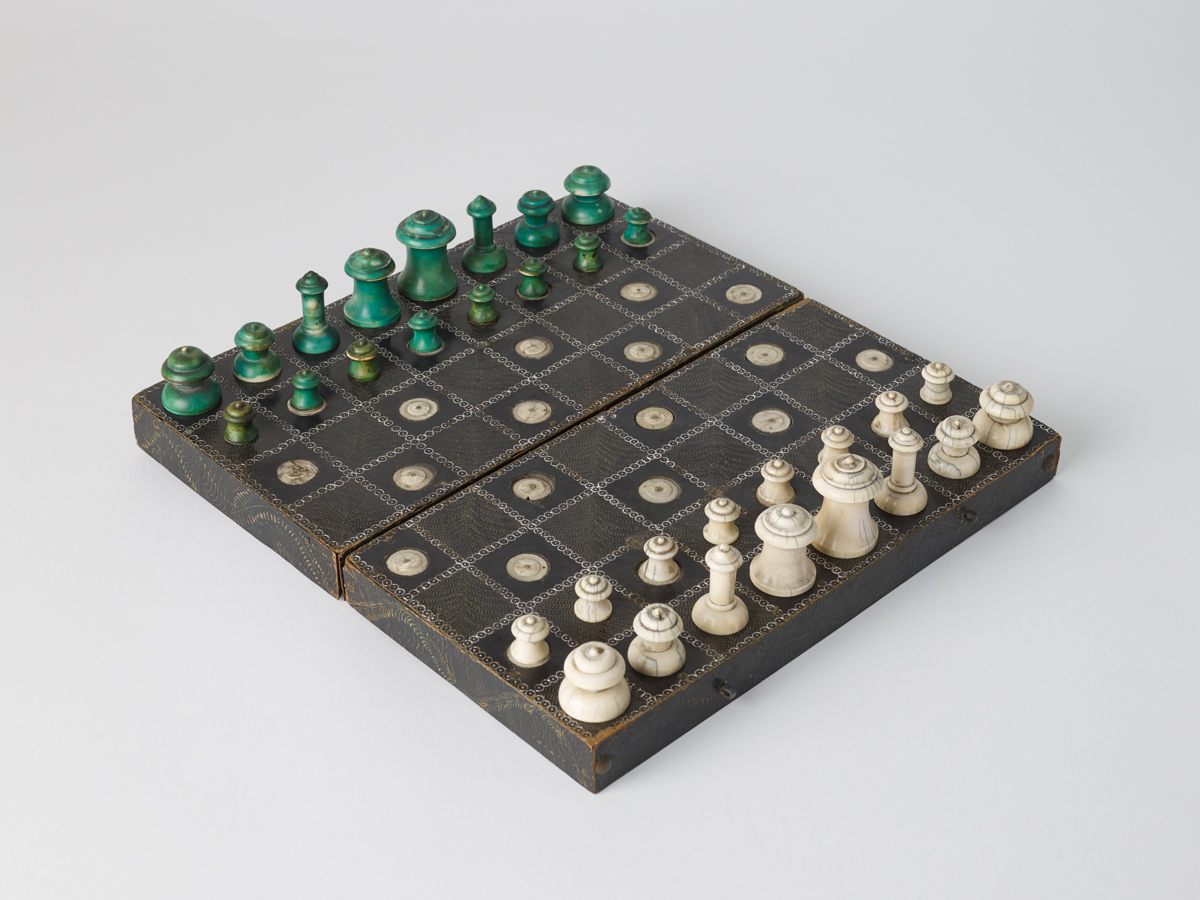
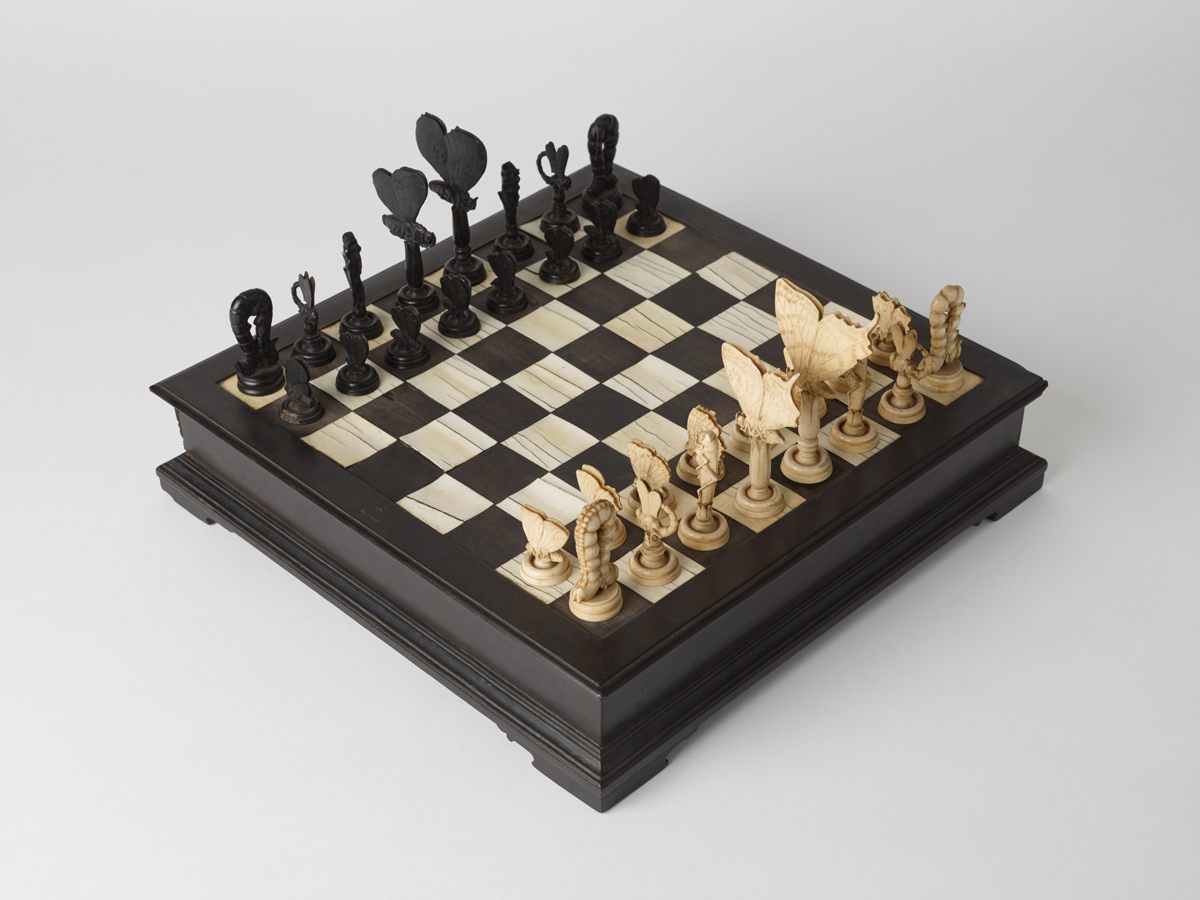
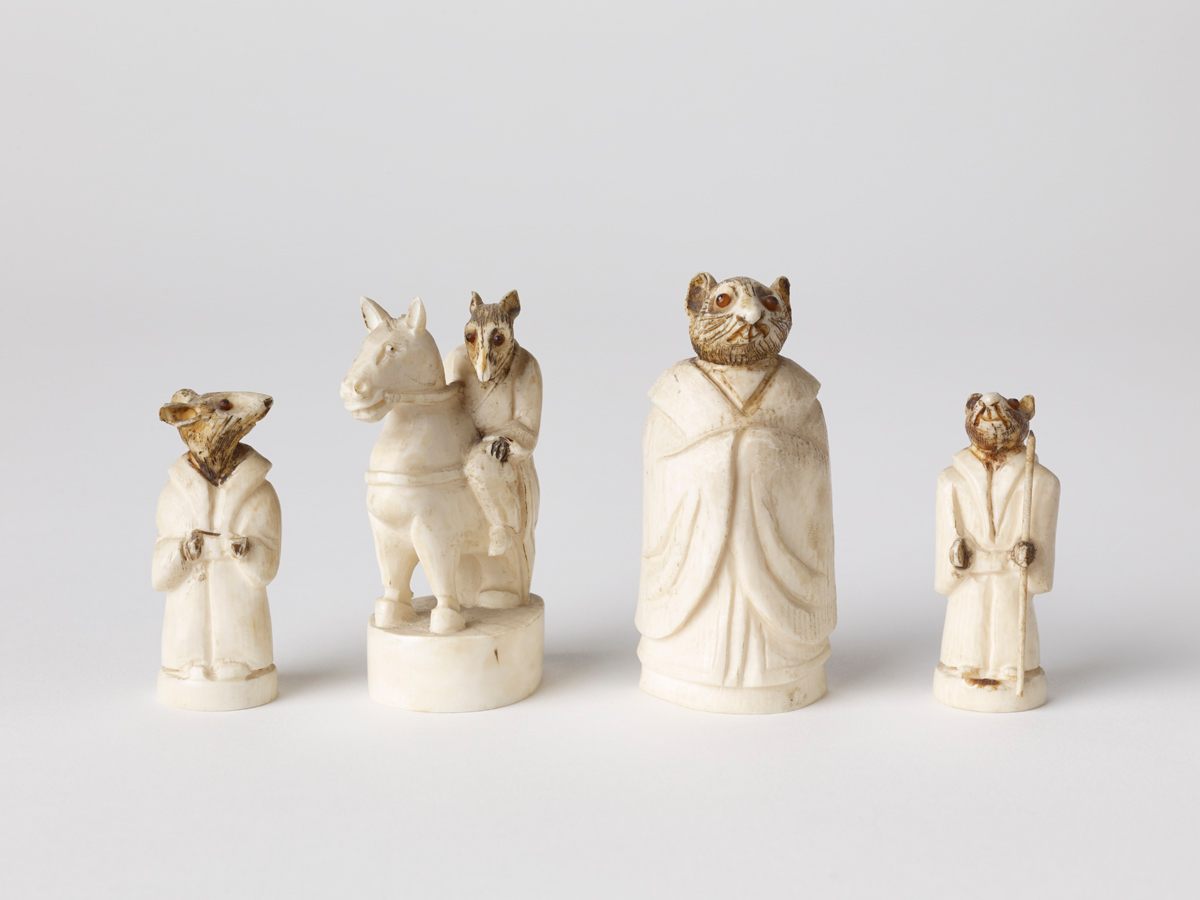
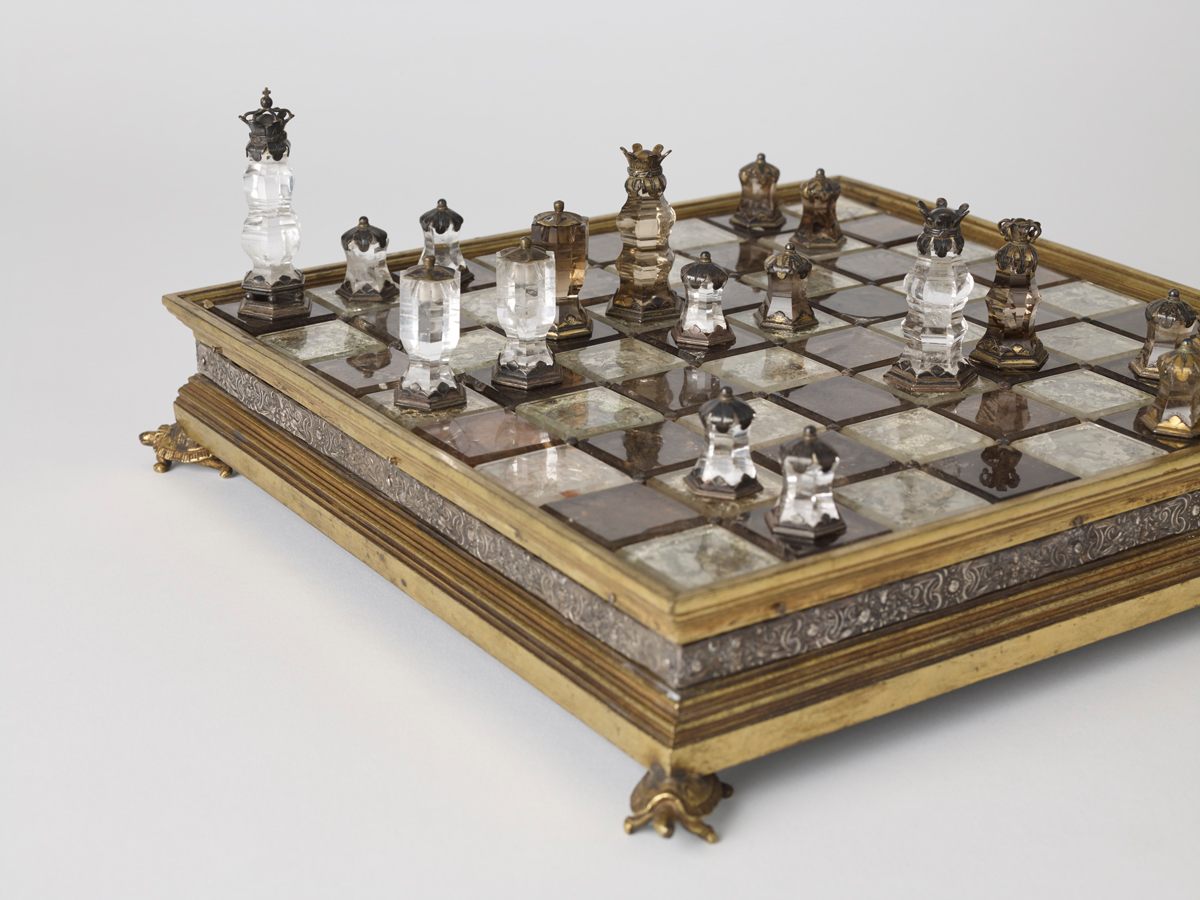
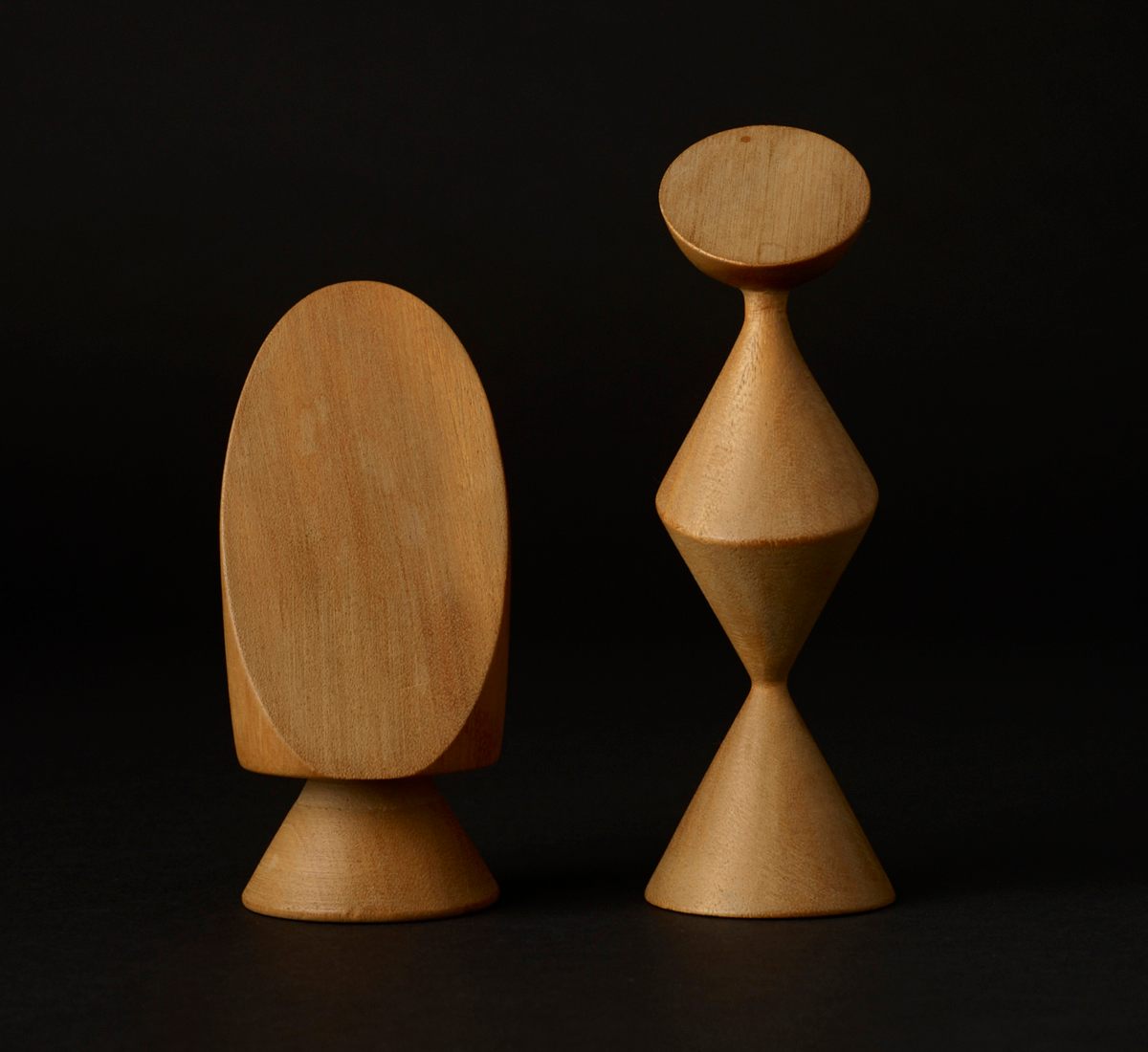
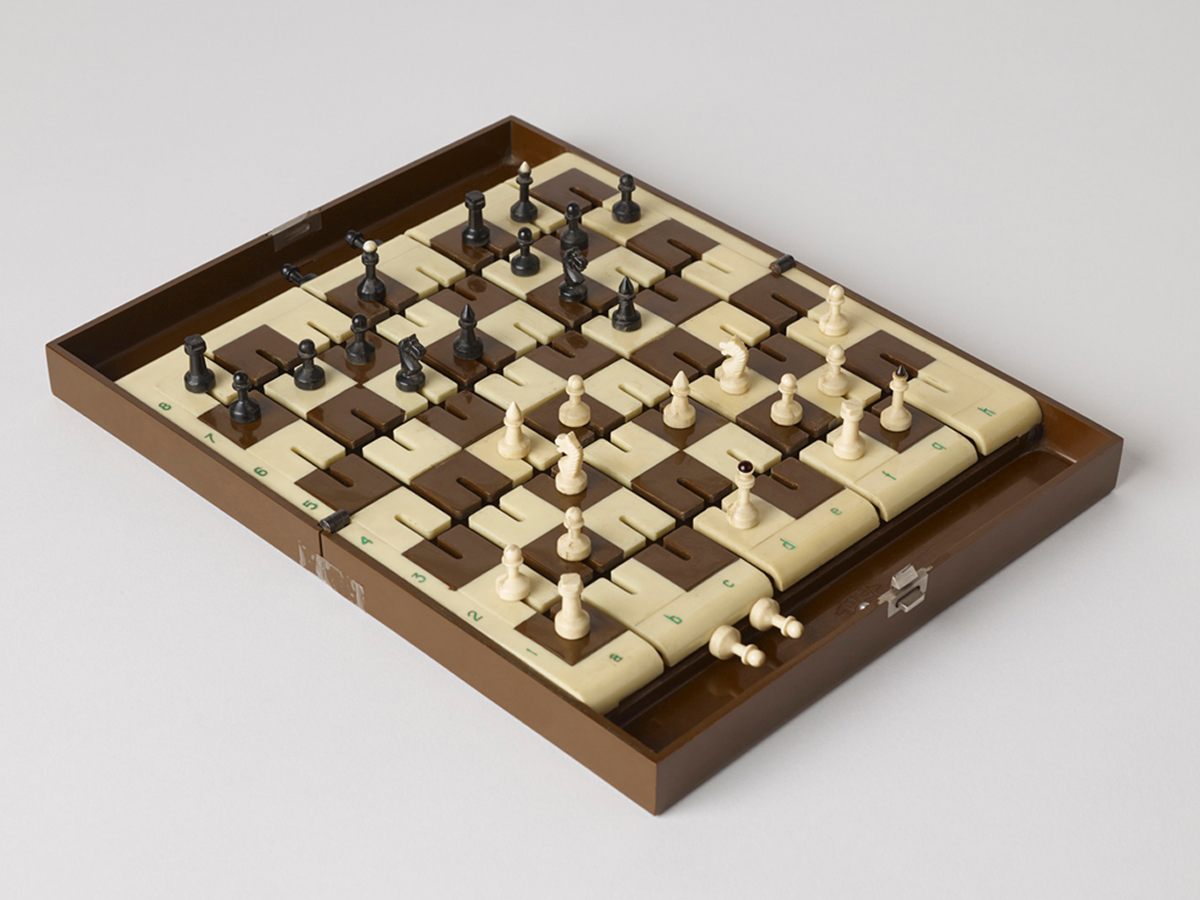

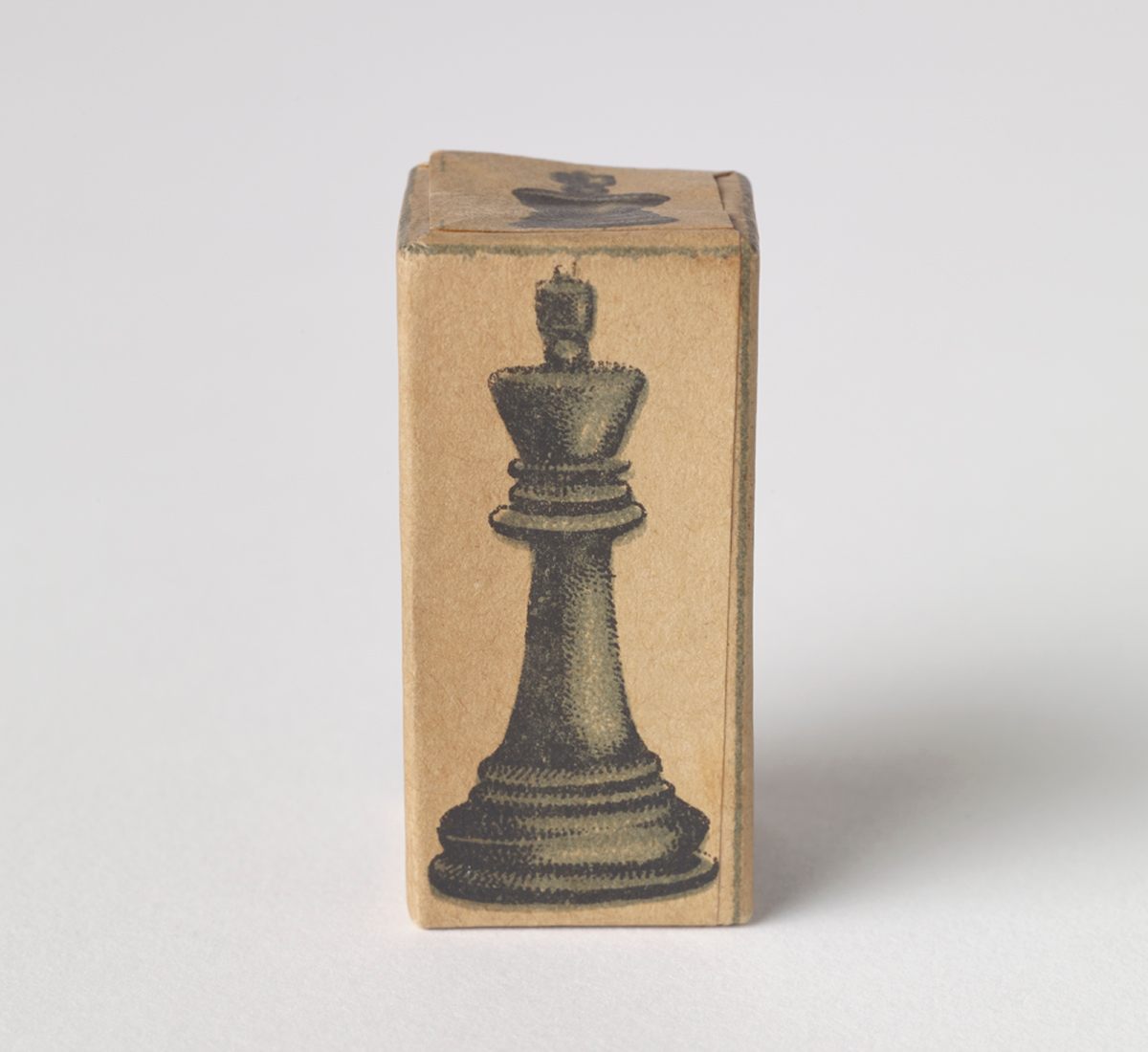
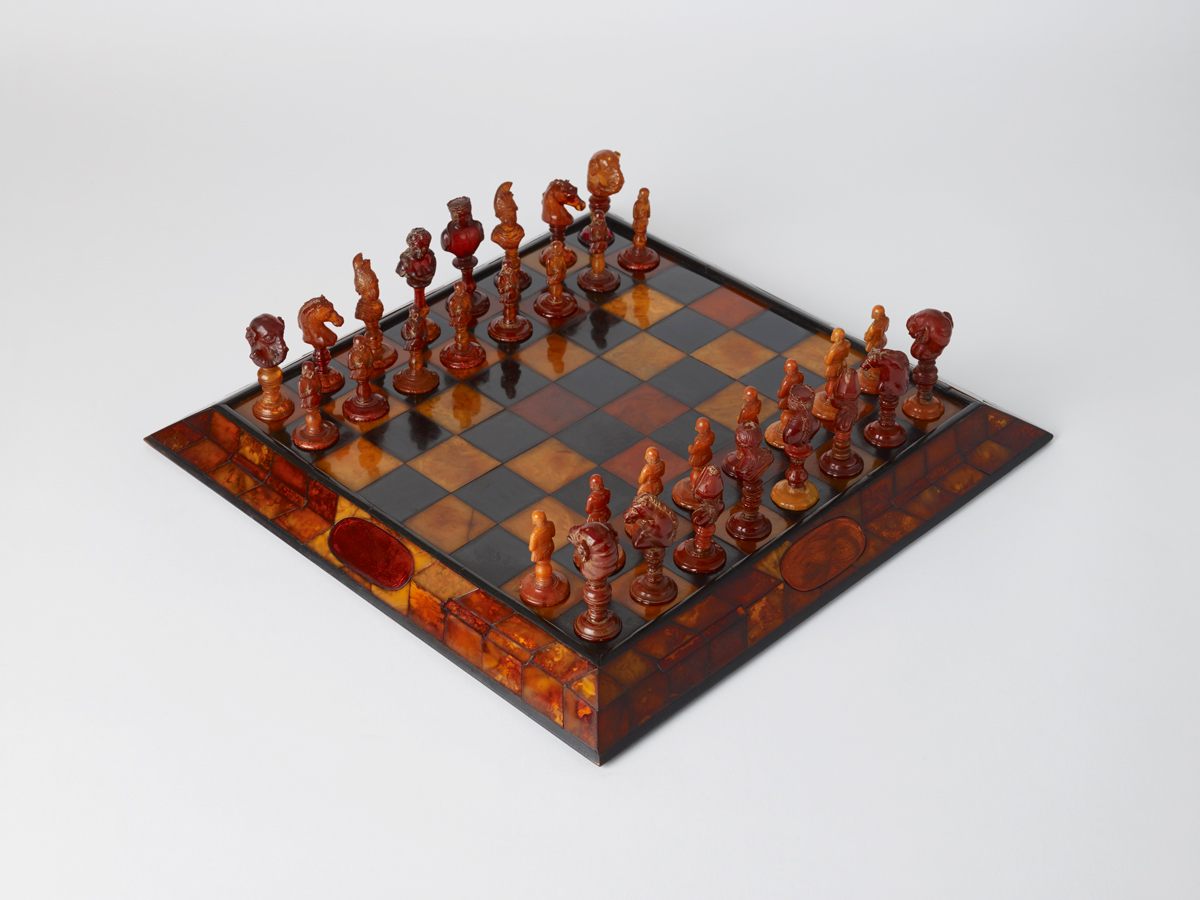
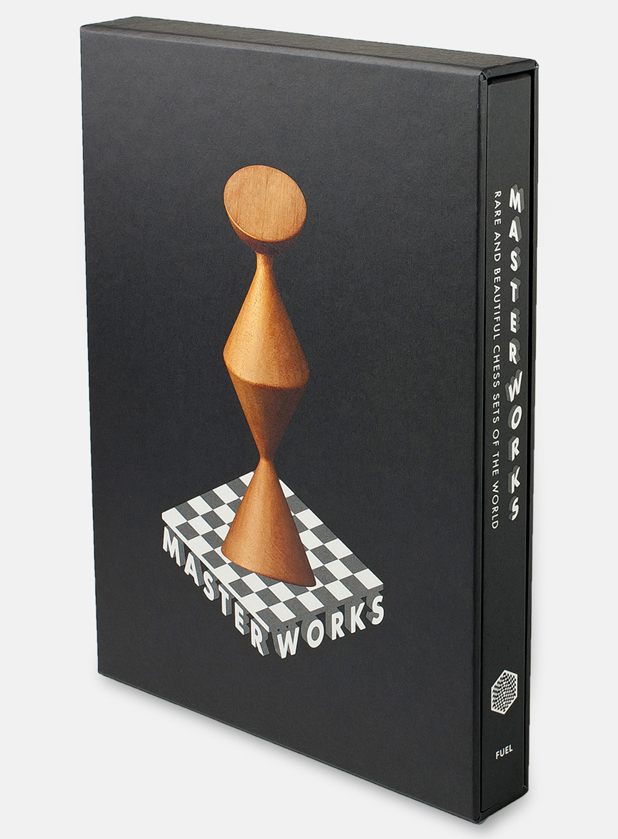
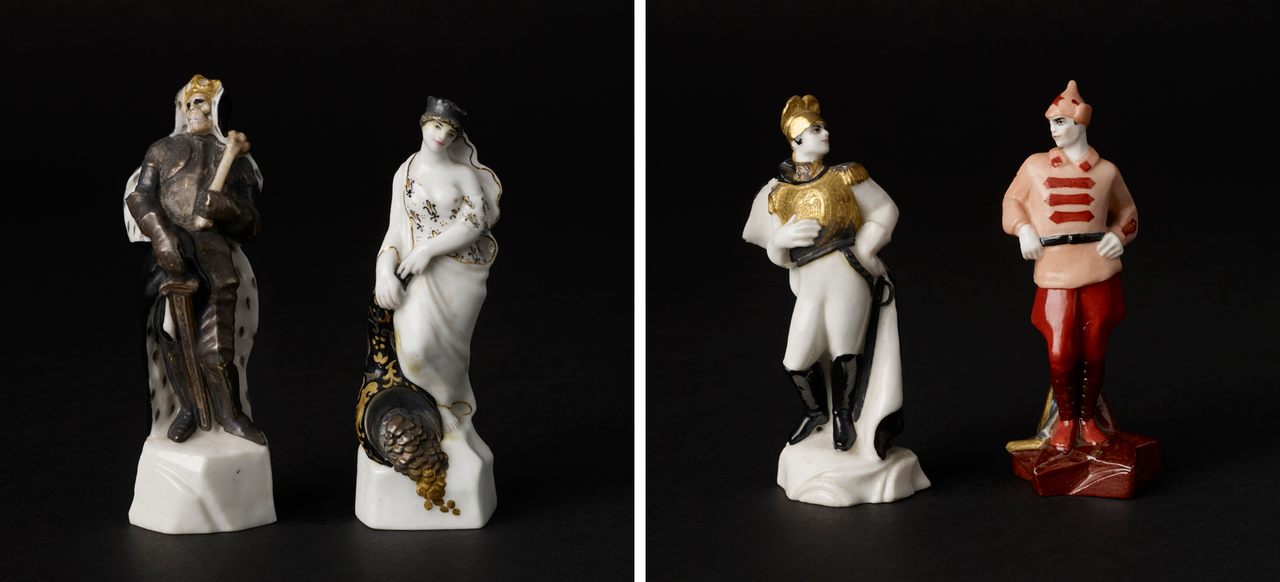
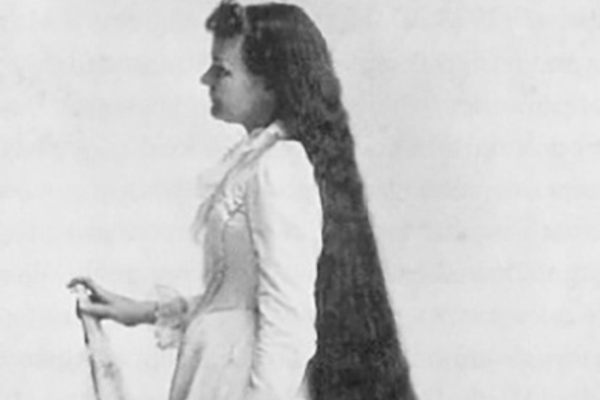






Follow us on Twitter to get the latest on the world's hidden wonders.
Like us on Facebook to get the latest on the world's hidden wonders.
Follow us on Twitter Like us on Facebook